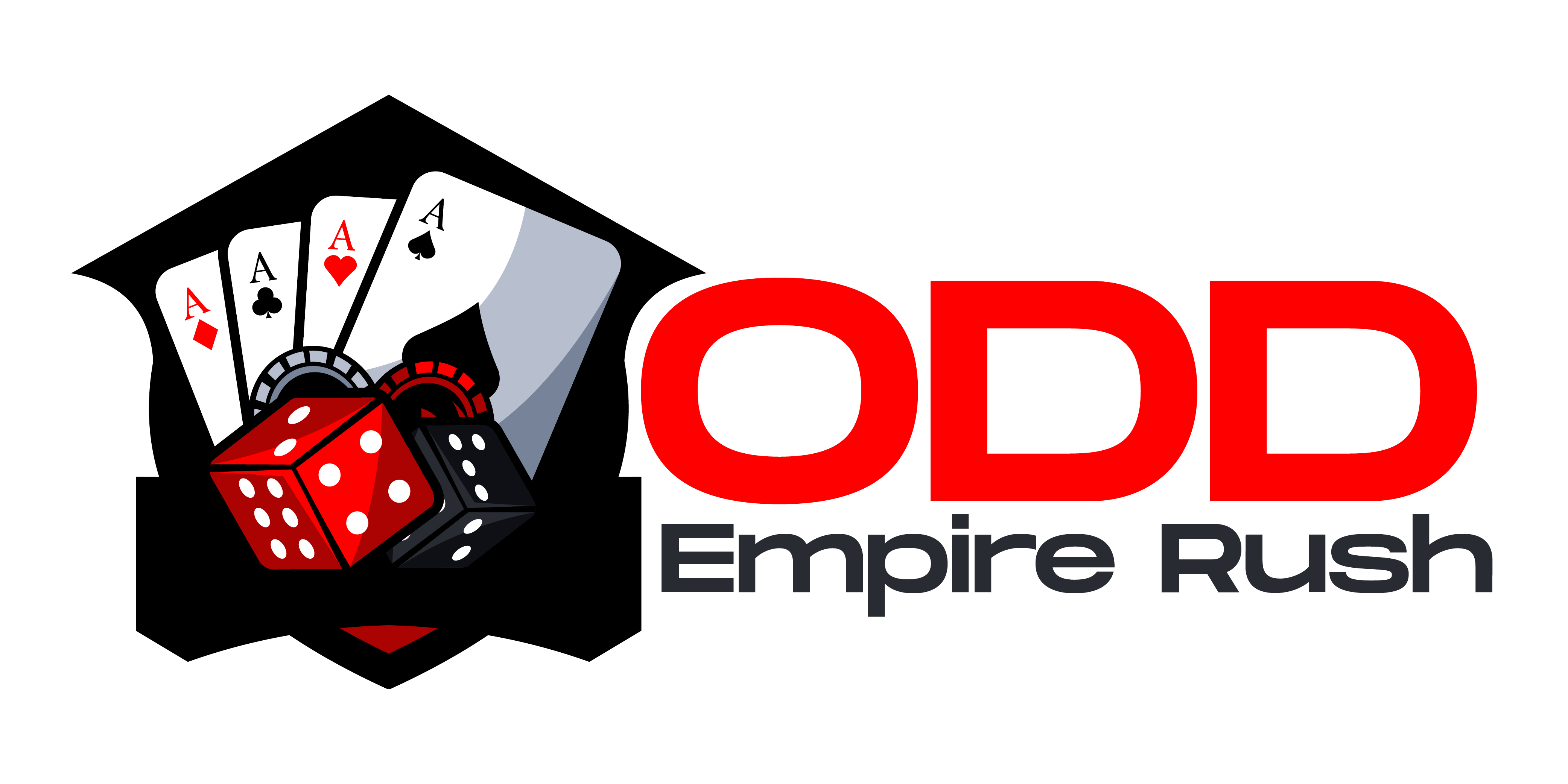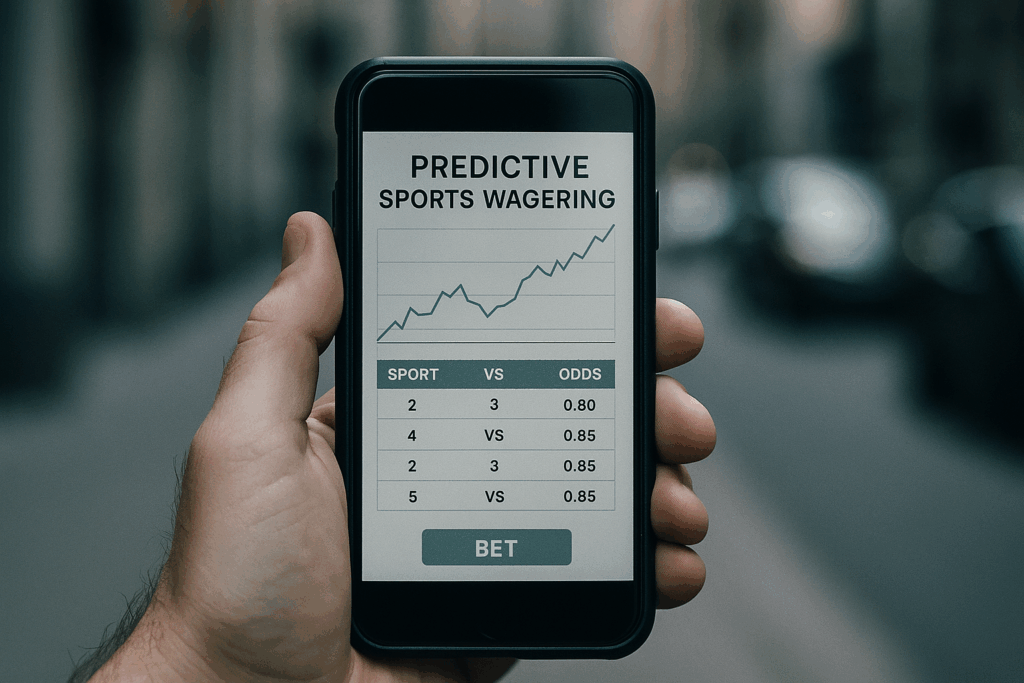Introduction: What Predictive Models Really Do
Predictive models take raw stats—things like scoring averages, injury reports, even weather forecasts—and convert them into something clearer: probability. It’s not magic, and it’s not guesswork. It’s math meeting context. These models help bettors make decisions based on trends and performance patterns, not just a gut call or yesterday’s headline.
In today’s sharp betting landscape, instincts alone won’t cut it. The edge comes from finding value—spots where the odds don’t reflect reality—and that means crunching data better than the sportsbooks do. Models don’t guarantee wins; they just stack the odds more in your favor over time.
Still, sports are messy. A team might defy logic, a star could choke or shine. That’s the wild card. Models give you a tight view of probability, but the game always leaves room for chaos. Smart bettors know the line between what’s forecastable, and what just plain isn’t.
Core Components of a Predictive Model
Good models start with good data. Historical data is the backbone—player stats, team performance, injuries, even weather conditions can tip the scales. Think of it like building a map: if your data’s old or incomplete, you’re walking blind.
Some variables matter more than others. Player form, head-to-head records, travel fatigue, lineup changes, win-loss streaks—all of these can shape how a game unfolds. Context is key; a top striker coming back from injury isn’t the same as one in mid-season form.
The actual math behind prediction varies. Logistic regression is a go-to for binary outcomes like win/loss. It’s simple, fast, and gives you probabilities. More advanced setups use machine learning—decision trees, random forests, or neural networks if you want to play the heavy game. These need more data, but they pick up on complex patterns that basic models miss.
To see it in action, say you’re modeling a football matchup. The model pulls recent performance for both teams, adjusts for home field, considers weather (soggy turf = slower game), injury reports, and betting odds movement. It assigns each team a win probability and flags if the public odds offer value. It’s not magic—it’s just treating sports with the same tools Wall Street treats stocks.
Data Quality: Garbage In, Garbage Out
If your data’s junk, your predictions will be too. It’s that simple. Predictive models live and die by the quality of their inputs. Clean, current, and context-rich data gives models a fighting chance to spot real patterns and deliver usable insights. If you’re feeding your system old injury reports, half-baked stat lines, or random blogs with no credibility, expect bad bets.
There are a few common traps that sink models fast. Outdated stats skew forecasts. Biased samples—like only focusing on top teams—warp probabilities. Missing context (like a team fighting to make playoffs versus coasting) leads models to misread motivation. Even small flaws can compound over time, turning a solid model into dead weight.
Top-tier bettors don’t just use better models—they also hunt better data. They pull from live API feeds, trusted sports databases, tracking technology, and betting markets themselves. Some even build custom scrapers or pay for niche analytic services. The key is not more data, but cleaner, sharper data. Because in the end, however smart your logic is, it’s only as good as the numbers behind it.
Human Input vs. Machine Logic
Models are only as smart as the hands guiding them. While predictive algorithms can process thousands of data points in seconds, they don’t watch games. They don’t understand team chemistry, coaching changes, or a star athlete returning from injury with something to prove. That’s where domain knowledge steps in.
The sharpest bettors use models as a foundation—not a final answer. When a model spits out odds that don’t align with news on the ground or a gut feeling backed by years of watching and betting, experienced players know when to step in. They override or adjust outputs when instinct and information tell a different story.
Fine-tuning isn’t about bias, though. It’s about improving accuracy by recognizing what data can’t fully capture. Injury reports, off-field drama, even how a team performs in snow vs. sunshine—these aren’t always baked into a clean dataset. The pros update weights, tweak models, and track wins/losses to tighten prediction over time.
Betting isn’t plug-and-play. It’s a constant balance—between the cold logic of numbers and the messiness of real life. The edge lives in the middle.
Case Study: Turning Numbers into Winning Insights
A solid prediction model doesn’t drop out of the sky—it’s built in layers. First, start by selecting a few high-impact variables. For sports betting, that could mean recent team performance, player injuries, home/away splits, and weather. The key is relevance. Too many inputs and your model becomes bloated; too few and it misses important context.
Once your variables are locked in, run tests. This is where you plug in historical data and see how well your model would have predicted past outcomes. This isn’t about being perfect, it’s about spotting patterns. If the model consistently over- or underestimates results, go back and adjust. Maybe a variable’s weight is off. Maybe you’re using outdated assumptions. The refinement loop can be tedious—but if you skip it, you’re flying blind.
Then comes the real-world application. Run the model on live data and track the bets it recommends. Over time, measure your return on investment (ROI). Not just wins and losses, but whether the edge held up long-term. A decent benchmark? Steady returns above market average without wild swings every weekend. Once you’re seeing consistent value, you’re on the right track.
To explore how historical data sharpens predictions, check out Using Historical Data to Improve Betting Insights.
Don’t Fall for the “Perfect Model” Myth
Here’s the truth: no model, no matter how advanced, is going to call every outcome right. Sports are unpredictable. Players get injured in warm-ups. Weather shifts mid-game. Weird calls from a ref can flip an entire result. A predictive model is built on probabilities—not promises.
The real point of modeling isn’t to guarantee wins. It’s to find value: situations where the odds offered by bookmakers misrepresent the actual probability. Chasing certainty is a fast track to burnout. Pursuing value? That’s where long-term returns live.
Variance is part of the game. It’s not the enemy—it’s just noise in the system. Even the sharpest bettors lose sometimes. They accept it, keep refining the inputs, and make peace with the swings. Over enough bets, the edge shows up. But chasing perfection? That just shows you’re missing the point.
Staying Ahead of the Curve
A predictive model isn’t a one-and-done deal. If you’re not updating it, you’re falling behind. New data flows in constantly—injuries, trades, coaching changes, even weather patterns. Models that don’t adapt lose accuracy fast. The best bettors keep their systems fed with fresh data, sometimes daily, sometimes by the hour, depending on the sport.
Rules evolve too. Leagues tweak formats, officiating styles shift, and even meta-gaming strategies (think NBA load management or NFL passing frequency) change. When that happens, your old assumptions—and your model’s variables—might stop holding water. Smart bettors stay alert and adjust on the fly.
Monitoring is non-negotiable. Track wins. Track losses. But also dive deeper: Is the model consistently overestimating one team? Is it regressing toward randomness? Run frequent diagnostics. A stagnant model isn’t neutral—it’s a liability.
In short: build it, tweak it, and keep it honest.
Final Thoughts: Smarter, Not Risk-Free
Let’s clear the air—predictive models aren’t magic. They help you tilt the odds in your favor, not eliminate risk. You’re not going to find a shortcut to guaranteed wins, and anyone selling that idea is bluffing. What models can do—when built well—is give you a statistical edge over time.
But edge alone doesn’t mean much without discipline. You need a defined bankroll strategy. You need to stick to your limits. And you need to avoid the emotional rollercoaster that turns a smart bettor into a reckless one overnight. Predictive modeling works best with structure—tight execution, regular reviews, and a long-term mindset.
In the end, sports betting is a grind. Models won’t make you perfect, but they will make you better. And in a world where most people rely on gut instinct and lucky breaks, data-backed decisions are still your sharpest weapon.


 Korlan Yvonthor is the co-founder of oddsempirerush and a leading voice in sports analytics. Combining technology, data, and strategy, he plays a key role in shaping the platform’s vision and delivering trusted resources for sports betting enthusiasts.
Korlan Yvonthor is the co-founder of oddsempirerush and a leading voice in sports analytics. Combining technology, data, and strategy, he plays a key role in shaping the platform’s vision and delivering trusted resources for sports betting enthusiasts.

